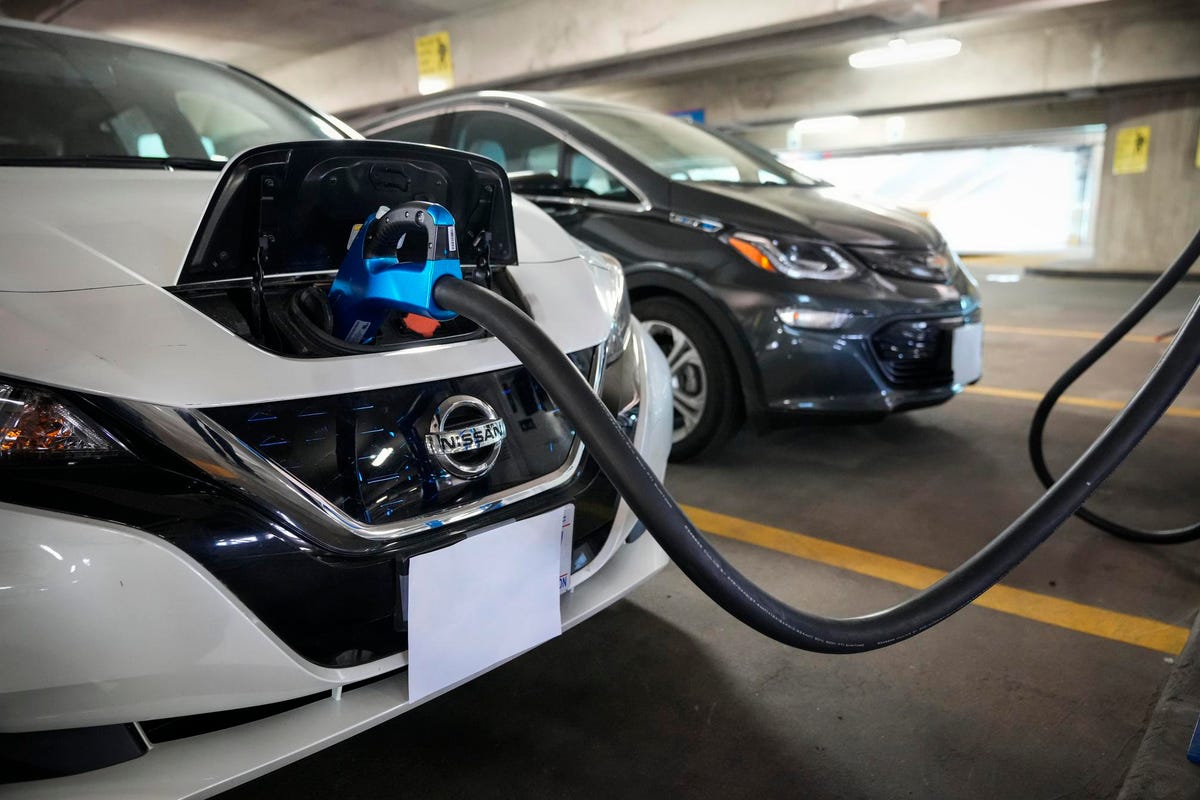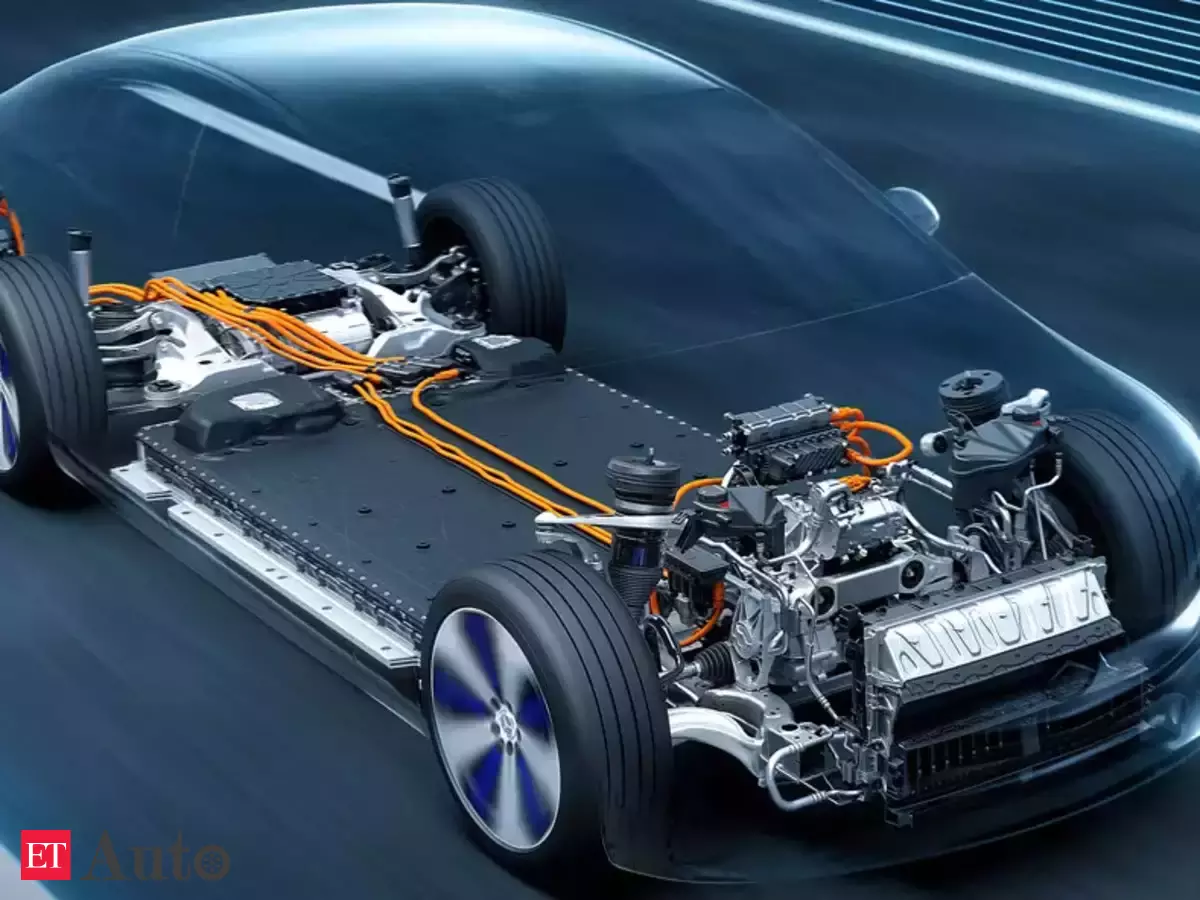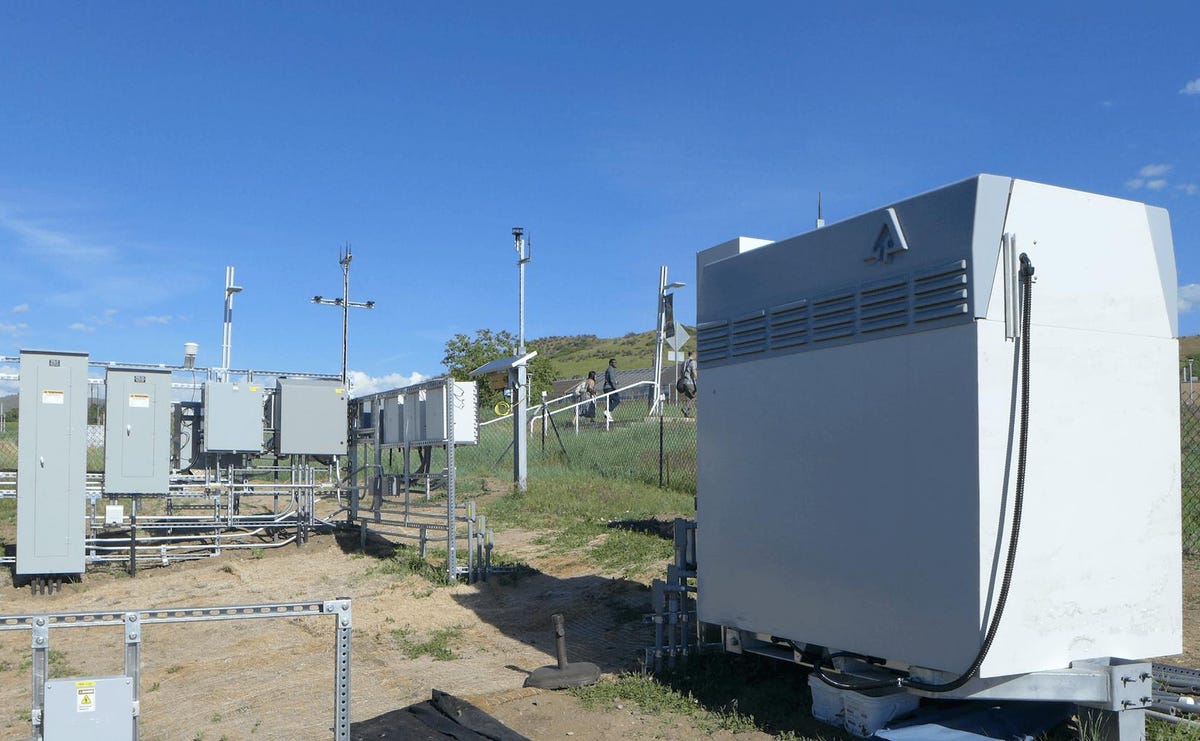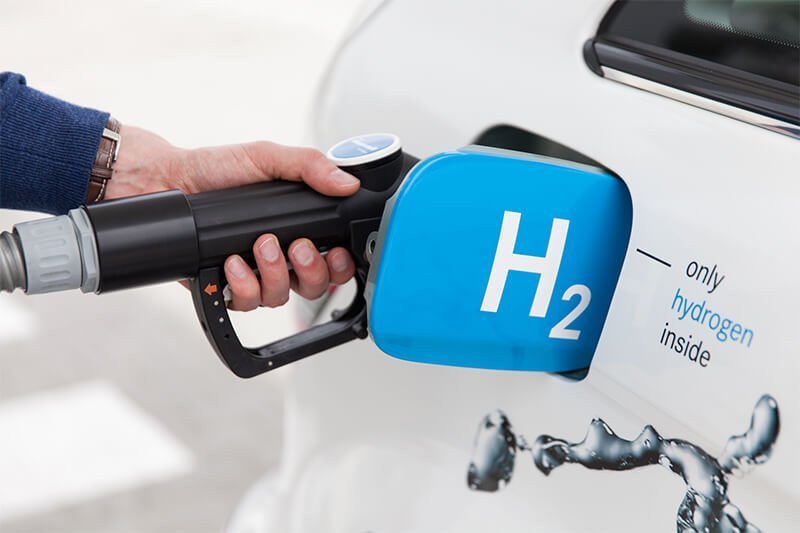Autonomous Logistics: A Revolution in the Last-Mile Delivery Logistics
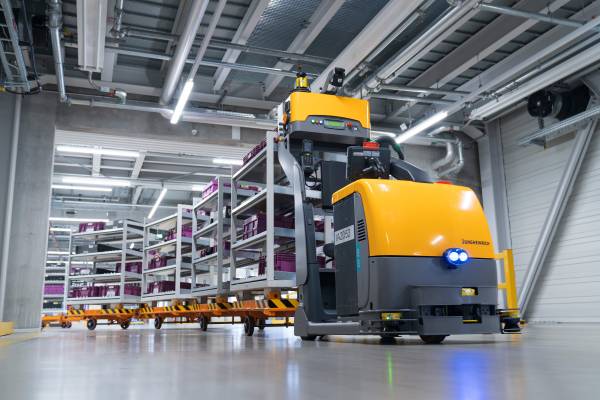
“Since autonomous vehicles provide considerable promise for enhancing safety, energy efficiency, and sustainable use, users may spend less time on road traffic and concentrate on other vehicle duties, while increasing productivity. It is particularly advantageous for the fleet owners of long-haul lorries in a highly competitive and low-margin sector. The possibility of disruptive changes is also present in highly automated vehicles, thus the crucial question is how the industry of third-party providers could be affected.”
Business models and competitive strategies must develop to preserve a competitive advantage, and enterprises are likely to have to re-settle in the value chain. The idea of autonomous automobiles has been absorbing the imagination of multiple generations since the beginning of the 20th century. A widely used adoption is often represented in the field of science-fiction as a faraway vision or something expected only in future films. But the truth is that since the 1920s, testing has continued and companies are introducing the first prototypes of fully autonomous vehicles with the help of the digital revolution.
Towards Autonomous Logistics
The independent technology includes a variety of technologies, infrastructures, and capacities. Self-connected vehicles can therefore be considered as part of a much bigger continuing revolution in automation and connectivity. From a technical standpoint, the current technology in controlled situations for highly automated driving is seen to be quite advanced. Automated trucks, however, are not yet entirely autonomous on public highways. The literature says this is due in part to the fact that there is no clear agreement on the commercial maturity of technology amongst scholars or industry.
Some manufacturers have therefore declared the coming in the near future of highly automated and entirely independent vehicles, while others have later announced dates. Although the implementation ideas differ, there is however a clear agreement regarding the pioneers' first advantage in this area.
Can the future of the logistics sector be autonomous vehicles?
Timing means everything for the logistics industry. Even if you get there a few hours later than scheduled, you can lose thousands of dollars. The main reason why road vehicles cannot be managed on a planned basis is that human faults are not necessary. These challenges can be avoided and fleet efficiencies maximized with the support of autonomous driving technologies and fleet management apps.
The Logistics Sector Awaiting Autonomous Driving
Discussions about self-sustaining driving systems usually concern passenger cars. However, these technologies are not only accessible and, thus, widespread to individual drivers but also to the logistic sector.
Efficiency is certainly one of the primary reasons for the delay. Computer power can overcome human error-induced fleet management issues. In that sense, a logistic industry, which does things on time, is less energy consuming and has fewer mishaps, is no fiction.
Globally, the employment of autonomous driving technology in the logistics industry leads to advancements. The acquisition of the autonomous driving section of Uber and investments by some corporations, including Amazon, Hyundai, Toyota, and Denso, by Aurora Innovation, are heralding the influence on the sector of autonomous driving.
A Shift From Human To Physical And Intellectual Resources
As the truck driver becoming obsolete, there will be a transfer from human to intellectual and physical resources. 3PLs must invest in new technology, IT systems, and infrastructure support to remain competitive. The remaining staff will require knowledge of new technology and systems and increase the importance of training for employees. As the finding of qualified drivers is also a challenge, the transition from human to intelligent is no problem, but rather a solution.
Conditions Of Work That Do Not Meet Expectations
Long hours of labor are one of the major issues for long-haul drivers. In North America, these drivers must travel more than 10 hours a day to keep their jobs. Under the rules of the USA, a motorist has to rest for at least 10 hours following a 14-hour drive. These are not particularly realistic working conditions, however. During long driving hours, drivers are being reduced and the road to accidents is being opened.
On the other hand, there are relatively insufficient active drivers. There will be a shortfall of thousands of truck carriers by 2026, according to American Truck Association data.
Heavy Vehicles Have Advantages in Autonomous Driving
Heavy vehicles offer many advantages when it comes to autonomous driving technology. Generally, these vehicles are utilized for fixed-road transportation, which makes road optimization considerably easier. Moreover, these vehicles seldom travel through the city and do not require many motorways to do so.
Vehicles in the logistics sector can be operated virtually 24 hours, as long as routes are open, thanks to autonomous driving technologies. Autonomous vehicles will create a huge revolution in a competitive atmosphere where global trade volume is grown.
New businesses within platooning & last-mile providing emerges
The changes for larger 3PLs are distinct from the smaller carriers with the introduction of platooning. New business prospects will arise from the introduction of diving services for large and financially powerful enterprises.
As there is a greater probability that you will discover your dive companions in your own fleet, big enterprises will have a competitive advantage over smaller passenger carriers. Since platooning does not give the final client, however, it is quite likely that smaller enterprises are the ultimate suppliers. The responsibility for these last mill suppliers is therefore to supply the items to the final client from the terminal where the platoon finishes.
Investments In Autonomous Technology Will Reduce Operational Costs
Cost savings are one of the key benefits of self-employed technology. Currently, driver and fuel expenses are the most significant for 3PLs, which can be lowered greatly by the implementation of stand-alone technology. Compulsory rest times will be lost, which will lead to optimum truck use and cost savings. The projected lower accident rates and hence the reduction of maintenance expenses for the vehicles are another advantage of autonomous lorries.
Despite the foregoing cost savings for 3PLs, new technology investments are required. As they develop the technology, the truck makers need to invest the necessary capital. This will likely lead to higher overall leasing rates for trucks, resulting in higher 3PL expenditures. For larger, financially healthy businesses, investments in greater leasing costs can be managed. Cost reductions by deploying autonomous trucks will then be important to overcome higher leasing expenses.
However, it could be difficult for the smaller enterprises to absorb this cost transfer from the producers. Consequently, they face the risk of being technologically lagged behind.
Major Market Highlights:
- Honeywell Intelligrated has teamed with the cloud-based robotics business Fetch Robotics. For contactless pallet transport between distribution centers, Fetch Robotics launches an autonomous mobile robot dubbed PalletTransport 1500. It uses the Momentum warehouse execution system software of Honeywell Intelligrated to securely and efficiently move pallets and other heavy payloads of up to 1136 kg.
- The Manhattan Active Warehouse Management Solution was launched by Manhattan Associates. The Warehouse Management System (WMS) is the world's first cloud-based enterprise-class system that unites every part of the distribution and never needs improvement.
- Jungheinrich has bought and signed a contract with the Munich-based robotics firm Magazino to create automation software and to grow collaborative solutions for automated intralogistics, for a strategic relationship.
Conclusion: Moving Forward to Revolutionising Logistics Sector
Clearly, 3PLs will be affected by the growth of independent technologies. The entire structure of the market will be modified and most likely divided between diving and last-minute providers. Truck manufacturers will be responsible for developing new technology and investing in it. Adapting autonomous technologies and developing business models are essential for the preservation of the competitive edge of individual enterprises. The introduction of the new technology will impact both operating costs and value-added activities. Even if the technology is impending, there are still problems.
Full automation projections are complicated by legislation, infrastructural development, and public opinion. However, a good adaption of the new technology will be the key to future survival.


